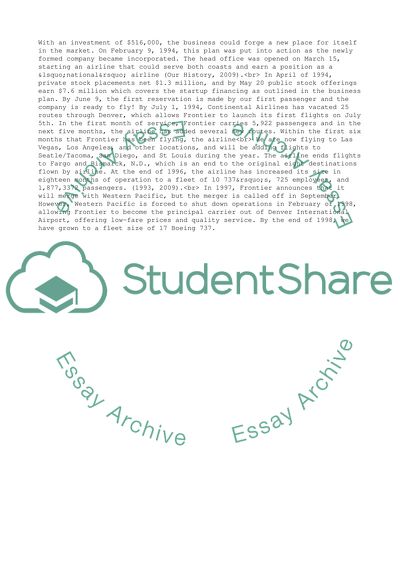Cite this document
(An Airline of Good Service and Low-Fares Assignment, n.d.)
An Airline of Good Service and Low-Fares Assignment. Retrieved from https://studentshare.org/business/1551906-frontier-airlines-portfolio
An Airline of Good Service and Low-Fares Assignment. Retrieved from https://studentshare.org/business/1551906-frontier-airlines-portfolio
(An Airline of Good Service and Low-Fares Assignment)
An Airline of Good Service and Low-Fares Assignment. https://studentshare.org/business/1551906-frontier-airlines-portfolio.
An Airline of Good Service and Low-Fares Assignment. https://studentshare.org/business/1551906-frontier-airlines-portfolio.
“An Airline of Good Service and Low-Fares Assignment”, n.d. https://studentshare.org/business/1551906-frontier-airlines-portfolio.


